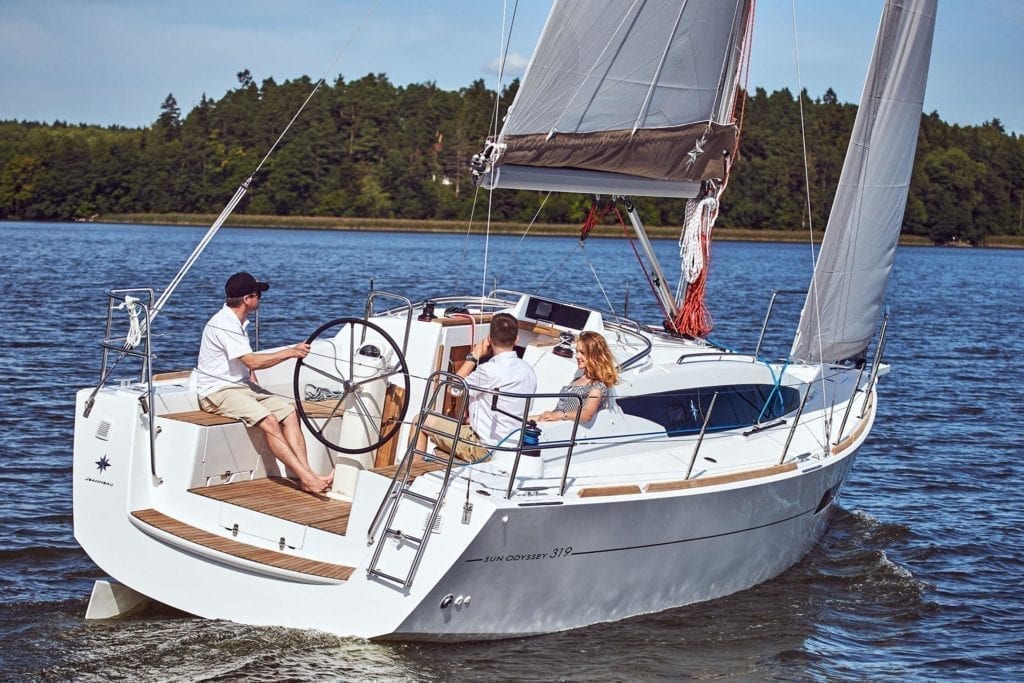The power and sudden impact of katabatic winds have both been a boon to and wreaked havoc on, sailors and civilizations for centuries. From Musandam in Oman to the Meltemi winds of the Aegean, these powerful gusts have earned themselves unique names and legends across the globe. With titles like “Oroshi” in Japan and “the Barber” in New Zealand, the lasting imprint of katabatic winds on the human psyche is clear. This history gives us details to further our understanding katabatic wind.
Stories abound of fickle winds of the Mediterranean or the Norse Fjords and how sailors have been pushed to their limits by these gusts, at times almost without warning. The Greeks and Cretans would plan whole expeditions around these seasonal winds and many harbors in the NE Adriatic are constantly at the wind’s mercy. It’s the suddenness and occasional danger and power that provide the romance of it. Almost no other weather system has more names in more dialects outside of hurricanes and true disasters.
But what exactly is it that earned these winds this level of fear and respect from sailors? What is it that ultimately causes katabatic winds? We are going to quickly answer the question where katabatic winds originate from and how you may be able to spot an area where they can occur. These tips should help you understand katabatic wind.
What is Katabatic Wind?
The term katabatic (sometimes spelled catabatic) comes from the Greek katabasis, meaning “descending” and is the name used to refer to a drainage wind where high-density air flows downhill and into a plain, plateau or body of water. Any body of water near high mountains may be subject to such winds. These winds are also commonly referred to as fall winds or by many other local titles depending on the dialect. The Santa Ana winds in California are technically katabatic winds. While most katabatic winds stay around 10 knots, some can reach hurricane speeds and become quite dangerous as they race downhill.
Katabatic winds form at night during clear skies. The air at the top of the slope cools faster than the surrounding air and becomes denser. This heavier air then begins to flow downhill. The warmer air on a lower part of the mountainside will counteract this effect and slow the descending air. In colder areas like Greenland or the Scandinavian Fjords where the mountains provide steep slopes and the snowy terrain fails to counteract the falling air, you get the more powerful forms of katabatic winds -often reaching gale force conditions.
Dangerous katabatic conditions are not exclusive to cold zones, however. There are plenty of stories of recent sailing trips in Dubai where extreme and sudden katabatic winds almost ended a night in tragedy.
Dealing with Katabatic Wind
While katabatic winds are not always difficult to manage, some like the ‘Mistral’ which blows into the Mediterranean from the Rhone Valley in Southern France can reach speeds up to 80 mph at times and arrive almost with no preamble.
Do your research! While you will likely make every effort possible to get the best information possible about the weather in order to avoid dangerous conditions, occasionally nature will just have other plans. Extreme weather is sometimes unavoidable, and you will have to rely on instincts and training in such cases. Make sure you understand how to handle strong and dangerous winds and understand that such circumstances can occasionally occur suddenly and without warning.
For more information on boating check us out!
